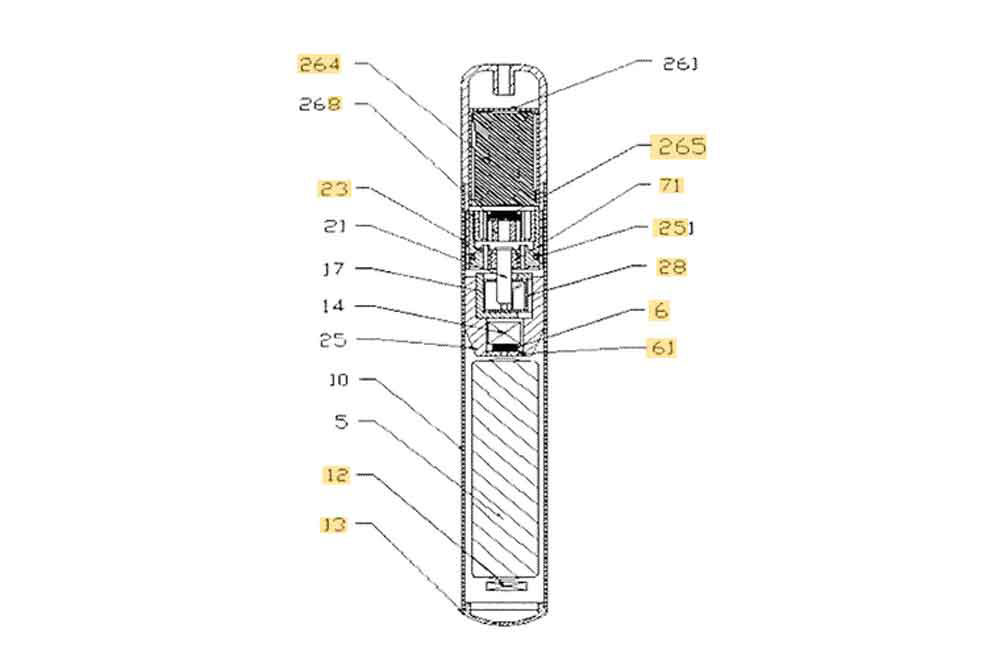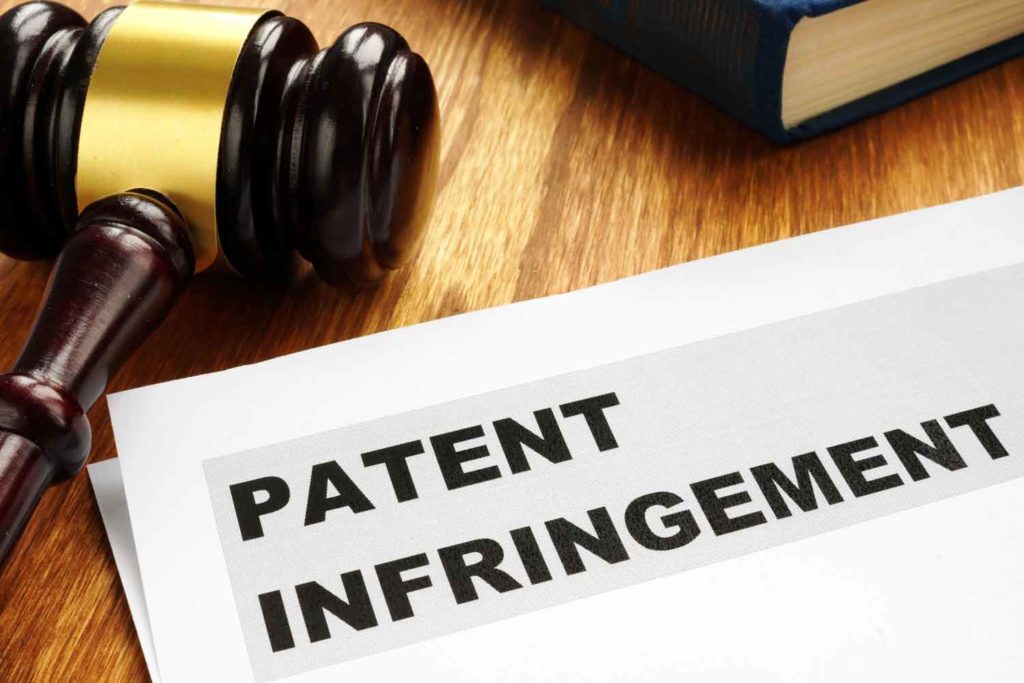
The U.S. Patent and Trademark Office’s Patent Trial and Appeal Board (PTAB) upheld the validity of a VPR Brands patent that is considered one of the first patents for modern electronic nicotine-delivery system (ENDS) products.
The PTAB denied an appeal by Jupiter Research to invalidate VPR’s U.S. Patent 8,205,622 B2. The decision of the PTAB final.
The VPR patent dates to 2009 and includes independent claims covering electronic cigarette products containing an electric airflow sensor, including a sensor comprised of a diaphragm microphone.
The sensor turns the battery on and off, and covers most auto-draw, buttonless e-cigarettes, cigalikes, pod devices and vaporizers using an airflow sensor rather than a button.
According to VPR, the PTAB’s decision clears the way for infringement litigation against Jupiter pending in the District of Arizona.
VPR Brands and its legal representative, SRIPLAW, have started to identify and notify more than 50 of the leading companies using the auto-draw technology. VPR Brands says it intends to vigorously enforce its patent.
“These companies were prioritized, based on sales volume and popularity,” VPR wrote in a press release. “Most recently VPR Brands LP and its legal team, headed by Joel B Rothman of SRIPLAW, have filed litigation against nine of the companies. Additional lawsuits will continue to be filed as necessary to protect the company’s intellectual property rights.”
A majority of the vaping devices sold in the U.S. now utilize an auto-draw/button-less technology. The company is investigating all buttonless vape devices within the nicotine, CBD and cannabis space that initiate vaporization from the user’s airflow inhalation as those types of products would be suspect of infringement.
The company may also seek a buyer for this patent in the future. In August 2013, Imperial Tobacco Group (now ITG Brands) purchased the intellectual property behind the Ruyan e-cigarette, often considered the first modern ENDS product, for $75 million.




















